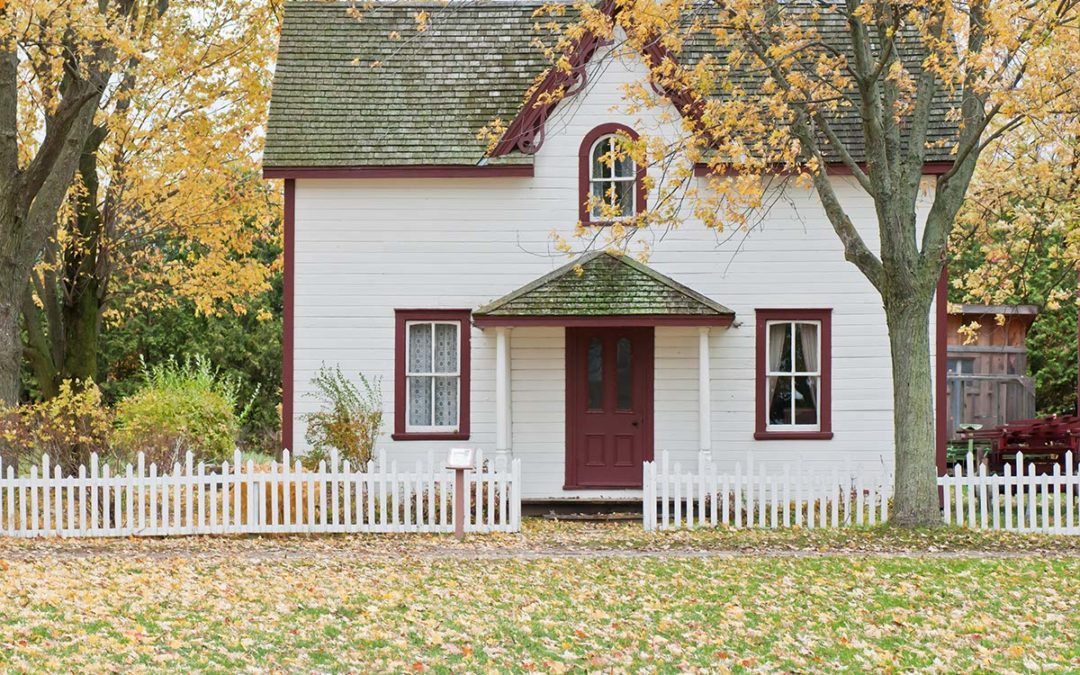Your home’s insulation isn’t something you normally think about until something goes wrong. However, it is one of the most important aspects of your home. A properly insulated home is comfortable and saves you money. It remains warm and cozy in winter and cooler during the heat of summer.
An under-insulated home on the other hand not only allows heat to escape but also leads to higher utility bills. Roughly 25% of a home’s heat escapes through the attic and roof while as much as 35% can be lost through the walls. Windows too are a source of 25% of a home’s heat loss.
Any gaps in insulation will allow heat to escape from your home, but how can you tell whether your home is poorly insulated?
Here are 8 signs to look out for:
Constantly high energy bills.
Your home’s energy bills could hold a clue as to whether or not your home is under-insulated. Normally, we might not notice if our heating or cooling units are on overdrive but this will be reflected in our utility bills. Take a look at your energy bill for the last few years. If they have been consistently high for no discernible reason, then perhaps it is time to take a look at your home’s insulation. It may be poorly installed or there may be gaps in places which causes you to spend more to heat up or cool down your home.
The interior walls of your home are cold.
A properly insulated building envelope is what separates the interior environment in your home from the exterior one. It includes the doors, windows, and walls. If well insulated, the building envelope stops heat from escaping and cold from seeping into your home. Normally, the interior walls should feel warm and dry while the exterior part is cold.
However, if you do a touch test and feel your interior walls are cold in winter and hot in summer, then it means that there’s heat transfer in your home where there shouldn’t be. Sometimes, it’s not an entire wall that’s cold, just particular spots. This means your home isn’t heat efficient and should be looked at.
Fluctuating temperatures in different rooms.
Do the rooms in your house have different temperatures? Maybe your kitchen is inexplicably cold while it’s warm in the living room. Even temperatures throughout your home is a sign of good insulation. However, if you realize that some rooms in the house are colder or hotter than others, then your home could be under-insulated. Check whether the AC or furnace is properly venting to that area and if everything checks out then poor insulation could be the culprit.
Wet spots, moisture and mold in the house.
As we mentioned before, your home’s building envelope creates a barrier between the inside and the outside environment. This also plays a role in regulating the temperature and moisture inside the home. Old or poorly installed insulation can cause moisture to seep into your home especially if there are any gaps in the exterior wall. The most common signs of this include wet spots on the ceiling or walls, mold, a leaky attic, among others. These issues can be fixed by using insulation with moisture barriers as well as drainage gaps so that any moisture has somewhere to go instead of finding its way into your home.
Rooms are constantly drafty.
Poor insulation is one of the top causes of airflow problems in a home. If you notice that certain rooms in your home or certain areas in some rooms always seem to have a chilly draft then you need to take a look at the insulation in that area. This doesn’t mean that you’ll have to spend hundreds of dollars to fix a drafty room. Sometimes the solution could be as simple as fixing a door that’s not properly weather-stripped or a window that’s not been properly sealed.
Mice and bugs in your home.
Nothing’s as bad as seeing mice, bugs, and other critters sharing your living quarters. These creatures can enter your home through tiny holes, cracks, or crevices around windows and doors. These spaces also provide an escape route for warm air as well as an entry point for colder air to get into your home. Insulating your home will not only protect you from pesky vermin but also help you save on your energy bills.
Ice dams on your roof.
Perhaps you’ve seen ice dams on some houses in your neighborhood or some even form on your house. These are a sure sign of poor insulation. Ice dams occur when heat from a poorly insulated home escapes and melts the bottom layer of snow off the roof. The melted water then trickles towards the gutters and starts to freeze upon hitting the cooler air. The result is large chunks of ice and oversized icicles dangling from the gutters. These can wreak havoc on the gutter and even become a safety hazard for those walking below them.
Frozen pipes
Having proper insulation also protects your home from potential damage caused by freezing temperatures. If your home’s exterior walls are poorly insulated, they can cause pipes to freeze and burst, resulting in untold damage to your home which would cost thousands of dollars to fix. This can all be avoided by having a well-insulated home. Additionally, ensuring that your home’s crawl space is properly insulated also makes a huge difference to your pipes.
Get your Insulation Fixed Today
An under-insulated home is not only uncomfortable to live in but also costs you money in utility bills.
Don’t wait any longer to enjoy huge savings on your energy bills and to have a warm, comfortable home. If you suspect that your home is under-insulated, give Christian Brothers Roofing a call today. Our services include roof replacement and installation, roof repair, and roof inspection for homeowners in Georgia and the surrounding areas.
Contact us today at 1-770-734-6700 to schedule a free roof inspection.

